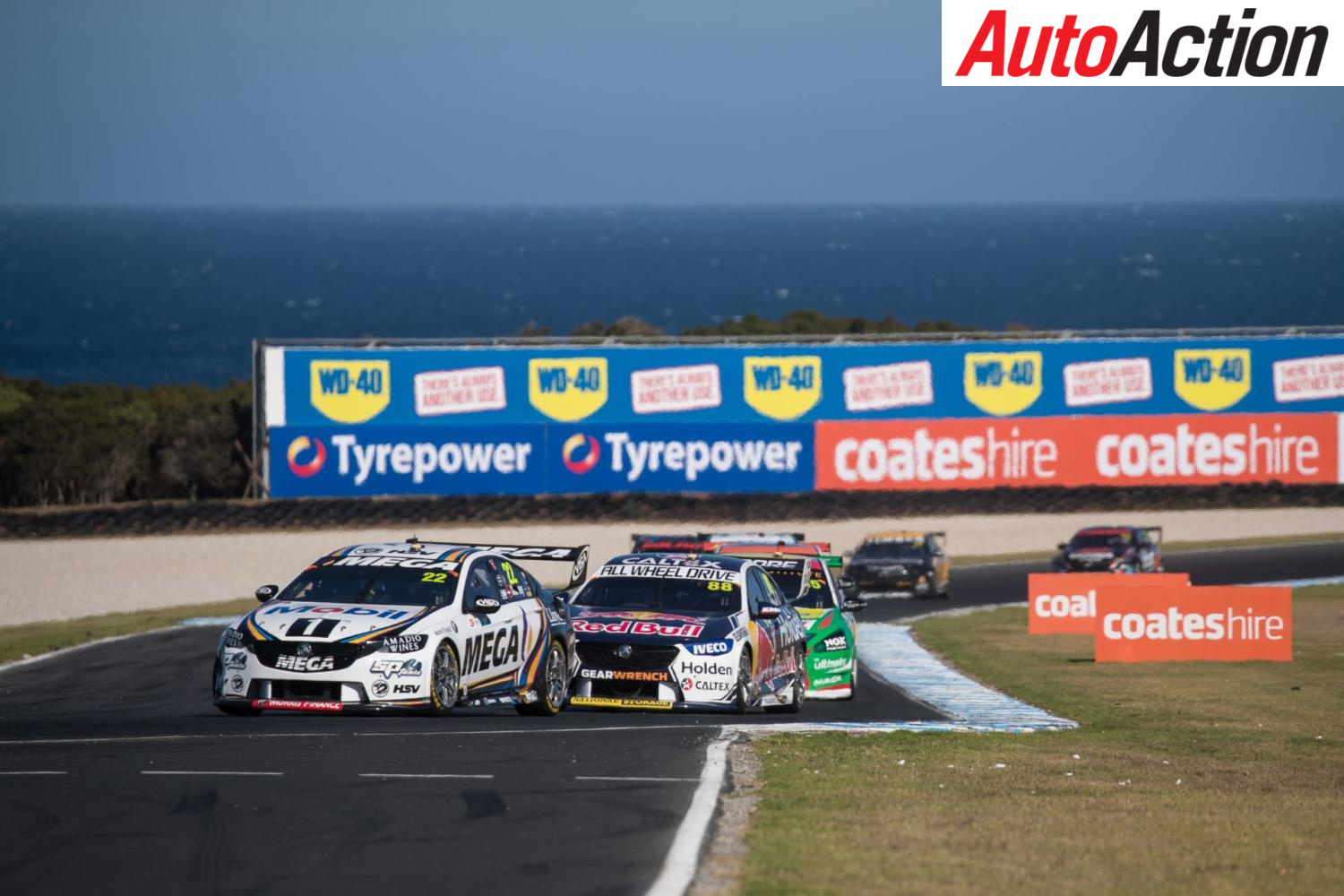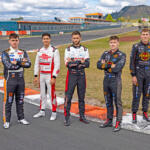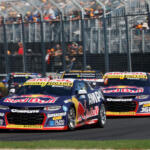HOLDEN’S RACING FUTURE


Holden’s racing future – Photo: InSyde Media
The sudden departure of would-be saviour Dave Butner is not good news for Holden, but his immediate replacement is much more of a friend to the Lion brand’s involvement in Supercars.
ANALYSIS By MARK FOGARTY
Butner has quit just 16 months after he was brought out of retirement from the top job at Toyota Australia to guide Holden’s post-manufacturing restructure.
His interim successor as chairman and managing director of GM Holden is Kristian Aquilina, who has re-engaged the company with Supercars since his appointment as marketing boss in mid-2018.
Holden is committed to factory backing of the Red Bull Holden Dealer Team and support of the ZB Commodore until the end of 2021 in a renewal deal orchestrated by Aquilina in July.
His surprise ascension at least means the person at the top at Holden for the foreseeable future understands the value of Supercars and Holden’s historic association with high-performance vehicles.
Butner was never a fan of Supercars involvement when he was a senior executive at Toyota Australia, rising to president in 2014 and consolidating the Japanese brand’s No.1 sales position.
He also oversaw the shutdown of Toyota’s Australian manufacturing operations shortly before he retired in late 2017.
Butner joined Holden in August 2018 to steer the company’s transition from manufacturer to full-line importer and his appointment was trumpeted as a coup that would re-establish ‘Australia’s Own’ as a market leader.
Instead, he reigned over the sharpest decline in sales in Holden’s history, with efforts to promote the brand as an SUV destination failing.
Holden’s market share is at its lowest since local manufacture began in late 1948, peaking at around 50 per cent in the 1950s and ’60s. It was last No.1 in 2002, crashing to outside the top 10 so far this year.
Holden sales have progressively collapsed since local Commodore production ceased in October 2017, with VF carryover slumping from more than 2000 a month to the imported ZB’s peak of around 500 a month.
The formerly top-selling Commodore nameplate was a victim of the decline of traditional passenger car sales to SUVs and the model’s switch to an imported front-wheel drive replacement.
Holden’s future is now in the balance, with beleaguered General Motors looking to get out altogether, rebrand locally as Chevrolet or sell the Holden brand and distribution rights to Peugeot – which makes the Astra and Commodore as donor brand Opel’s owner – or a local agent.
As one of the few Australian bosses in Holden history, it is Aquilina’s job to save the Lion brand and racing – and the company’s deep performance DNA – could be part of that rescue package.
He understands Holden’s heritage and has tried to tap into it while also acknowledging that competitive SUVs like the American seven-seat, full-feature Arcadia are the volume-selling future.
Butner has left Holden for “personal reasons”, which may be true. But he has also failed to arrest the marque’s precipitous decline.
Part of that may be that, as an outsider and former enemy, he failed to recognise Holden’s deeply ingrained heritage of racing and V8 performance models.
OK, the V8 rear-drive Commodores are gone forever, but the legend lives on in racing and I’m not sure he understood that, as Aquilina appears to.
While Butner approved Holden’s more active involvement in Supercars, it appeared more like tolerance as he rarely showed support publicly.
Shortly after his return to Australia from running Holden in NZ in mid-2018, Aquilina reversed Holden’s female and minority group marketing focus, including so-called inclusive racing promotions, and reoriented and re-embraced its Supercars involvement to emphasise the Commodore’s performance DNA.
He backed the continued support of V8-powered ZBs in racing over a switch to the Chevrolet Camaro.
If Holden survives and Aquilina secures the top position permanently, his leadership augers well for Holden – or at least GM – staying in Supercars in 2022 and beyond under the Gen3 evolution of the technical and eligibility rules.
But with Holden at its lowest ebb historically, he will have a fight on his hands to save the brand and secure the future of the company’s engineering and design facilities, which develop vehicles for GM worldwide.
Kristian Aquilina – Holden lifer and motor racing fan – is the brand’s best hope on and off the track.
He will embrace the coming C8 mid-engined Chevrolet Corvette – the ultimate halo car – and if there is a GT3 racing version, will support it racing at the Bathurst 12 Hour at the very least.
These are trying times for Holden. The brand is on the brink.
Hopefully, Aquilina’s support of Supercars will continue as part of a marketing offensive to emphasise Holden’s unique position in Australia.
For more of the latest Supercars news pick up the current issue of Auto Action. Also make sure you follow us on social media Facebook, Twitter, Instagram or our weekly email newsletter for all the latest updates between issues.





